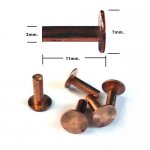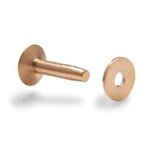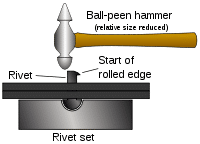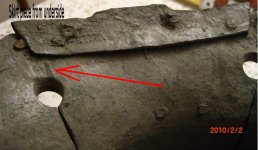sonofmitch
Jr. Member
- Apr 9, 2007
- 95
- 109
- Detector(s) used
- Garrett AT Pro ,Minelab Equinox 800, Fisher 1270
- Primary Interest:
- Relic Hunting
I found this several years ago near Victoria Texas on the San Antonio river. It's made of brass or bronze and is about 11 inches across and is approximately 1/8 thick. It stands 5 inches high and has a center hole that is 3 inches in diameter. There are six other 5/8 inch holes with one in each corner of its hexagonal shape. These holes are made such that if something were inserted into them that object would stand vertically and not at any other angle than 90 degrees. It appears to be Spanish or French just 'cause I want it to be.
The way it was made was by making 6 identical pieces that were bent to the same shape to make each of the six sides and joined with rivets through the decorative strips that cover each seam. I would say that it's off of a ship, from a mission, or off of a carriage. Surely not a hubcap. Maybe a decorative base for a flagpole


 Then why the little holes. Six flags over Texas?? Looks hammered into shape. Each of the six pieces at one time had other pieces riveted to them which would have stuck our from the edges that you see now.
Then why the little holes. Six flags over Texas?? Looks hammered into shape. Each of the six pieces at one time had other pieces riveted to them which would have stuck our from the edges that you see now.
Any ideas?? Anyone
The way it was made was by making 6 identical pieces that were bent to the same shape to make each of the six sides and joined with rivets through the decorative strips that cover each seam. I would say that it's off of a ship, from a mission, or off of a carriage. Surely not a hubcap. Maybe a decorative base for a flagpole



 Then why the little holes. Six flags over Texas?? Looks hammered into shape. Each of the six pieces at one time had other pieces riveted to them which would have stuck our from the edges that you see now.
Then why the little holes. Six flags over Texas?? Looks hammered into shape. Each of the six pieces at one time had other pieces riveted to them which would have stuck our from the edges that you see now. Any ideas?? Anyone


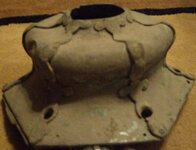
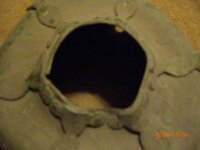
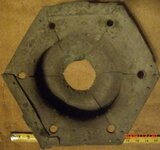
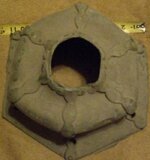



 So mitch I hope you understand how hard it is to get a feel for this artifact.
So mitch I hope you understand how hard it is to get a feel for this artifact.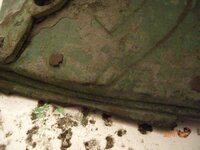
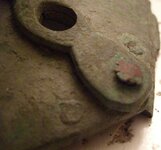
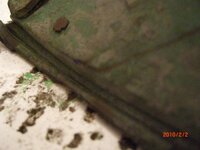

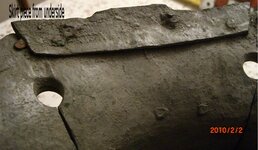
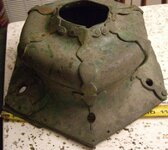
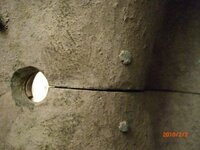
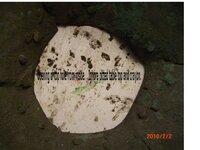
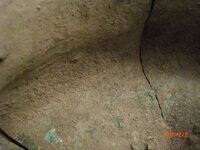

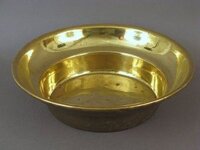
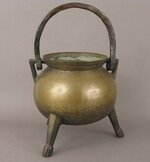
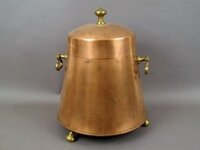

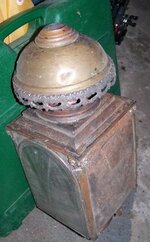
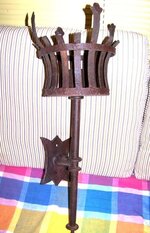
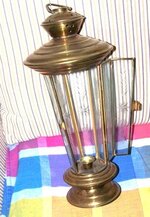
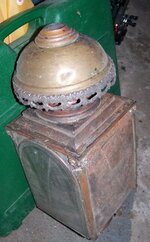
 Ill presume you have posted these pics for the few guests that dont know. Nice pictures showing the difference.
Ill presume you have posted these pics for the few guests that dont know. Nice pictures showing the difference. 